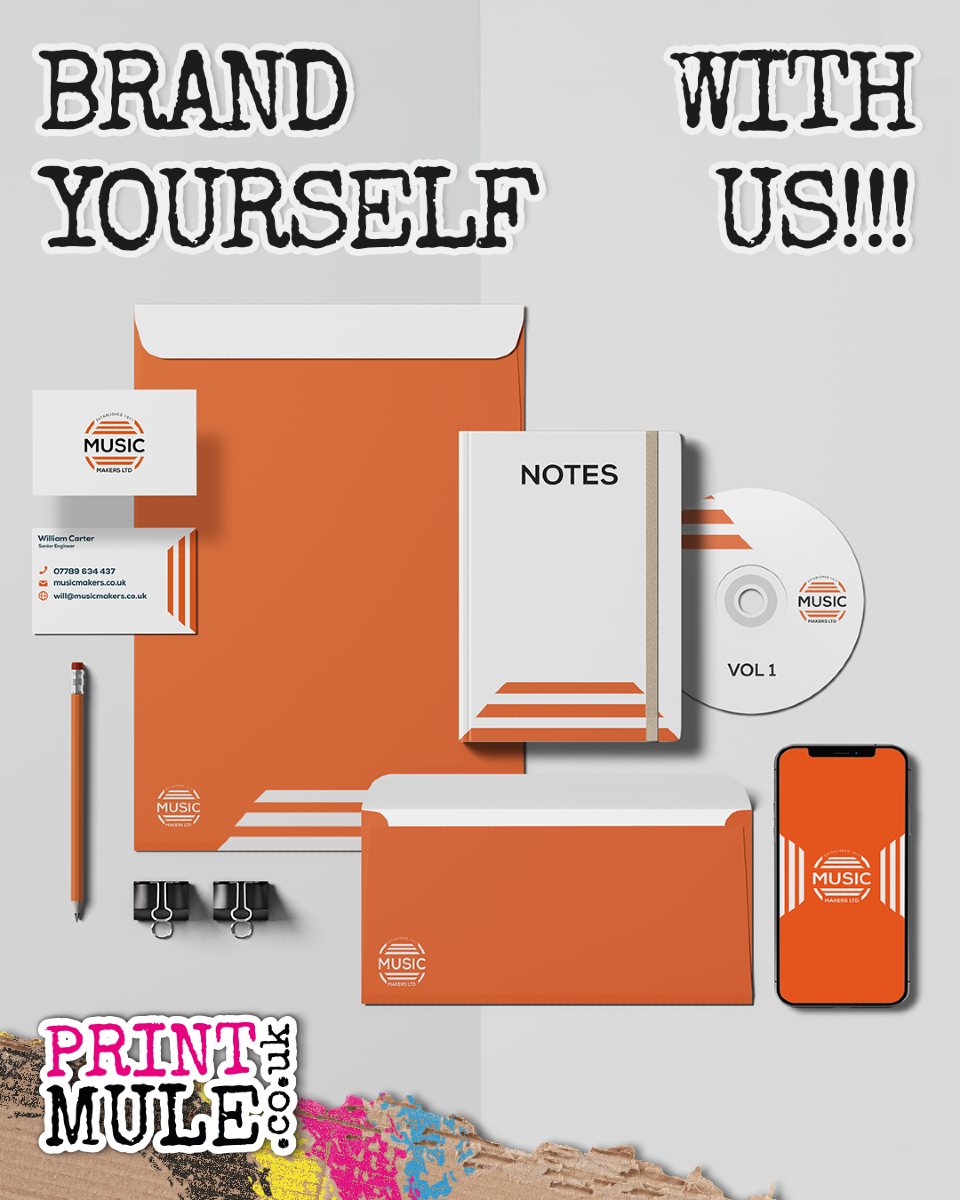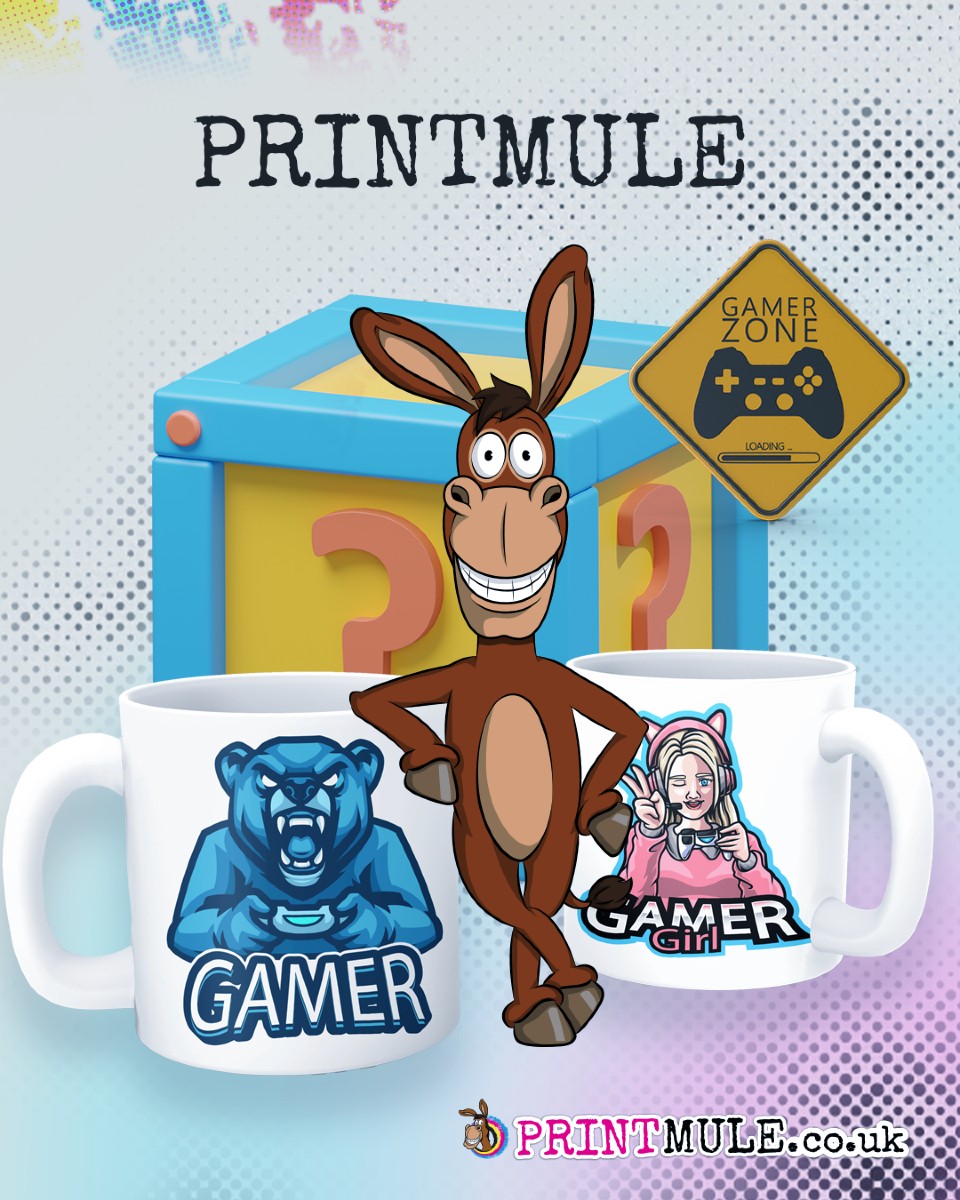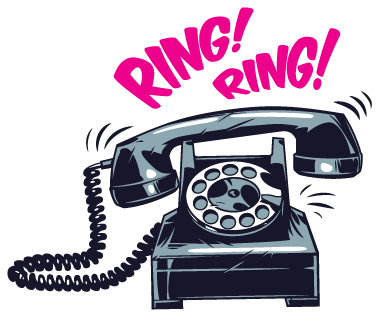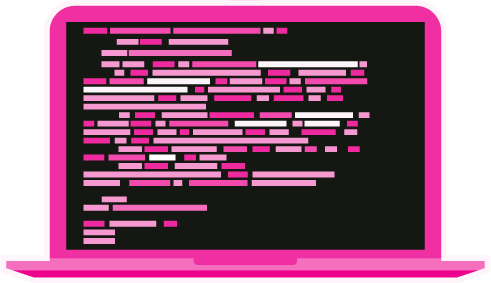For beginners, designing for print can be a minefield. There are many easy mistakes that can have a serious impact on the quality of your final print. Print runs are also very expensive and these mistakes can be very costly. Hopefully this discussion about common beginner mistakes will help prepare you with the crucial knowledge required to set up a design for print.
The most obvious mistake that newcomers fall victim to is the misuse of RGB and CMYK colour modes. RGB (red, green & blue) is an additive colour system where light is used to mix colours; the more light you add the brighter and more vibrant the colour gets. When working on digital designs you’ll often be working in RGB mode because that’s how your monitor works, but the problem arises when we’re creating a design for print using a RGB based tool.
CMYK (cyan, magenta, yellow & black (key)) is a subtractive colour system where inks are mixed to create a range of different hues, much like mixing paint as a traditional artist. The more ink you mix the darker the colour gets. The spectrum of colours that can be produced by light is much wider than the range achievable by ink, so our design applications have a special CMYK mode to limit the “gamut” of the colours we have available when creating a design that will ultimately be printed.
If you forget to select the CMYK colour mode and instead create your design in RGB mode, it may result in you selecting awesome colours that just can’t be reproduced in print. If you don’t realise this at the beginning, you’re going to be in for a surprise when your prints come back dull and muted.
Watch your CMYK colour values
We’ve already talked about how a typical CMYK colour model gets darker when you add more ink. In the print process this is done using an offset lithographic printing press (or a digital printer for small runs). This machine lays down a coverage of the four inks (cyan, magenta, yellow and black) over the same area of paper to overlay the inks. It creates a much wider range of colours. Tiny halftone screens determine how much ink from each plate is applied.
In design applications we can easily select colours using the colour picker tool as well as ready made swatches and adjustable sliders for the CMYK values. Keep in mind that colours that use large amounts of cyan, magenta, yellow and black will quickly become over-saturated. Any total values containing over 280% ink coverage may result in ugly muddy colours and set-off (when the ink stays wet and transfers from one sheet to another). Our design programs might show the colour looking fine on screen, but in reality prints always appear darker.
Using a mixture of multiple inks can result in fuzziness, especially when applied to fine artwork such as text. If by any chance one of those four C, M, Y & K plates are just slightly out of alignment (known as registration), your text will appear blurry and therefore difficult to read. Sharp text can be created using just one process colour value, so 100% K (black) will be as crisp as you can possibly get.
Don’t use Photoshop black
When you open Photoshop, hit the D key to reset the foreground and background colours to their default values. Select the black that has been generated for you, it’s black, right? Now look at the CMYK breakdown for that black and you’ll see the values it’s made from, something like 75% cyan, 68% magenta, 67% yellow and 90% black (300% total coverage). This is a large amount of ink to put on paper. ALWAYS manually set your black for it’s purpose. It could be 0,0,0,100 for that crisp black text, however this doesn’t look great when used as a background colour with it looking more like a dark grey than black. Instead you might use a “rich black”, for which there are many recommendations, but 50,40,40,100 is a popular choice. This addition of other colours darkens the black to provide a much deeper colour, but it’s still well within the coverage limit.
Keep an eye on your font and line weights
The printing press halftone screens do a great job of controlling the amount of ink placed on the paper. They work by using a lower density of tiny dots in areas that don’t need too much coverage. The trouble is when you go too small, you lose detail, so tiny text and fine hairlines in your artwork are the first elements to become illegible. A rule of thumb is no smaller than 6pt text size, but it all depends on the style of your typeface, for example Helvetica Ultra Light will probably disappear at larger sizes due to its super fine lines! Always keep this in mind when using any small print within your designs.
Set the correct resolution
On your computer the resolution only really alters how large your image physically is on the screen for example how many pixels across, by how many pixels down, whereas in print, resolution determines how sharp and crisp your designs will appear. 72ppi is the usual figure for web images, but in print 300ppi is the standard. The more dots or pixels you can get in each inch, the more detail the overall image will retain when the image is reproduced in ink.
Always make sure all your artwork is created at 300ppi, that includes all images and photography. If you happen to throw in a 72ppi image into your 300ppi working document it will appear tiny because it will be resized accordingly to make sure the pixel density is correct for your document. You’ll need large images to fill most documents at 300ppi, so images from the web just aren’t going to make the cut.
You can never scale a design up in resolution, so make sure you set the document size correctly at the very beginning to avoid having to start from scratch at the end.
Don’t forget the bleed
For a print design layout, resolution isn’t the only crucial factor when setting up artwork. You’ll also need to remember to accommodate for bleed. Bleed is where you have an extra margin around the edge of your design where any background elements touch the edge of the page and are extended slightly. This allows for slight variances when the printed document is cut to size, so trimming through that buffer of colour will avoid leaving tiny, thin white strips of paper along the edge of your document.
The actual amount of bleed required will differ between print supplier and project, so be sure to select a printer beforehand and get their printing specifications. Usually, most printers use 3mm bleed.






